Houston...We Are Go for Launch!
- Nate and Lori
- Feb 7, 2018
- 6 min read

“It human nature to stretch, to go, to see, to understand.
Exploration is not a choice really; it is an imperative”
Michael Collins: Apollo 11 Astronaut
State 27: Texas - January 20, 2018
Nate
We woke up at a Walmart in Houston well rested and ready for a brand new day. Yesterday we visited the Alamo, and could wait not to see what adventures lie head today! The first item on the agenda is a drive across town to visit the Cross Country Couple's “Can’t Miss Attraction” for Texas; NASA Johnson Space Center. Admission was high at $30.00 per person, but this was NASA! We began our visit with a 90-minute tram tour which stops at 3 locations: Historic Mission Control, Building 9: Vehicle Mock-Up Facility, and the Saturn V Rocket.
Designated a National Historic Landmark, Historic Mission Control served as the point of all communication between earth and space for 9 of the Gemini missions, and all of the Apollo missions. Historic Mission Control contains the exact equipment, electronic consoles and even the same rotary phones as July 20, 1969; the day man landed on the moon. Hanging on the far left wall of the room was an American flag which actually once flew on the moon! Also on display was the exact speaker which received the famous words by Neil Armstrong, “Houston... Tranquility Base here. The Eagle has landed.”, and “This is one small step for man, and one giant leap for mankind” It is also the speaker, which received the famous words by Jack Swiger from the Apollo 13 Mission who said, “Houston, we have a problem”. I can’t image what it must have felt like standing in that room back at those pivotal moments in space history! The day America landed on the moon, the average age of those running Mission Control was 27 years old, and they coordinated a moon landing with computers less powerful than an iPhone! Simply amazing! Please see the pictures below.
After departing Historic Mission Control, we boarded the tram and departed for our 2nd stop: Vehicle Mock-up Facility. This building displays prototype development and training modules. On display were cutting edge rovers, strange robots, next generation space suits, and a massive robotic arm once used on the International Space Station! By far, the most interesting display was a prototype of the Orion Space Capsule currently under development, which will one-day carry 4 Astronauts to Mars! While the vehicle Mock-Up Facility was fascinating to see, there was not a whole lot of work occurring during our visit, and the building appeared to be more of a NASA storage locker. Please see the pictures below.
Our last stop before returning to the visitor center was the Saturn V Space Rocket. The Saturn V Rockets were used during the Apollo program to send Americans to the moon! From 1967 to 1973, 13 Saturn V Rockets launched 27 astronauts into space with six successful missions landing men on the moon! The Saturn V Rocket stands 363 feet tall, and weighs in at 6.2 million pounds and is the most powerful rocket ever flown! Here is how they work. The Saturn V consists of three segments called stages, and each contain the engines and fuel needed to the launch the spacecraft into space. The 1st stage consisted of five F-1 engines used for only two minutes and 47 seconds to get the rocket 42 miles above Earth. After the first stage had expended it's fuel, it disconnected from the rest of Saturn V, and fell into the ocean. Next, the 2nd stage fired for nine minutes and nine seconds and took the rocket and space shuttle into space. This 2nd stage then disconnected from Saturn V, fell to Earth, and burned up in the atmosphere. The 3rd stage was fired for three hours, and used to propel the space shuttle towards the moon. The 3rd stage of the rocket floated into space after the space shuttle detached. The gargantuan size of this rocket was indescribable! It was the most massive man-made machine I had ever seen! There are only 3 Saturn V Rockets on display in the world, but this is the only one which is 100% complete! Please see the picture below of the chariot which carried man to the moon!
Upon returning to the visitor center we spent the next few hours wandering around looking at all of the displays, and watched a few movies! Of particular interest was the Wall of Astronauts, which consists of a group photo of the crew members of every US. manned space mission. The crew of Apollo 1, Challenger, and Columbia were also pictured denoted with a black ribbon signifying the loss of the crew! Please see the pictures below.
In the middle of the visitor center was an extra special exhibit called “Destination Moon”, consisting of a variety of artifacts from the Historic Apollo 11 moon landing which included: survival kit from the command module, Buzz Aldrin’s visor and gloves worn during the moonwalk, and the crafts escape hatch. However, the most exciting display was the actual Apollo 11 command module. This special exhibit is the first time the Apollo 11 command module has left the Smithsonian since 1971! This is the very spacecraft Michael Collins piloted in orbit while Armstrong and Aldrin made humanity’s first steps on the moon, and then carried the crew, equipment and lunar samples safely back to earth. What an amazing experience!
The final exhibit we visited before departing was a display depicting NASA's plans for a manned mission to Mars slated to occur in 2033. The trip will take 2 ½ years round trip. NASA is in the process of building a Space Shuttle called Orion specifically designed for long distance space travel. The Orion will require a new launch pad and new rocket propulsion also currently under construction. The distance is great, and so are the challenges to a manned space flight to Mars. However, what an amazing accomplishment for humanity to set foot on our neighboring planet! Instead of leading the world in war and debt, I hope America once again leads the world in innovation and exploration! We as a nation once believed America could accomplish anything! Let us believe that to be true once again! I hope I live to see the day that man walks on Mars!
Please see the additional pictures below of our visit to the Johnson Space Station.
After departing the NASA Johnson Space Station, we drove 31 miles Southeast to Galveston for the Cross Country Couple's “Historic Location” for Texas “The Great Galveston Hurricane of 1900”. On September 8, 1900, a Category 4 hurricane with sustained winds of 145 mph made landfall in Galveston, Texas. The residents of Galveston had little advanced warning, and the storm surge of 15 feet washed across the island ripping over 3,600 homes right out of it's foundations, causing 700 million dollars in damage. Historians estimate, the storm killed between 10,000 and 12,000 people making it the deadliest natural disaster in US history to this very day!
While the Great Storm of 1900 caused an unprecedented amount of damage, the response by the survivors proved to be the most remarkable part of the story. After the storm, the town hired engineers to come up with a way to prevent another tremendous loss of property and life in the future. What the engineers proposed was an ambitious, expensive, and unprecedented undertaking, especially in the early 20th century! A seawall would be constructed 17 feet high, 3 miles long and sloped downward from the ocean to the bay on the opposite side of the town. This engineering fete would require the city of Galveston to be raised 17 feet!!! From 1901 to 1911, the water, sewer, gas lines and all of the buildings for 500 city blocks were raised! The equivalent of 1 million dump trucks of sand were dredged from the bottom of the bay, and used to elevate the city. Their efforts would be tested in 1915, when a Category 4 hurricane made landfall on Galveston. The 1915 storm resulted in 400 fatalities, and 50 million dollars in damage, which was a fraction of the damage from the Great Storm of 1900. Galveston’s plan to build a seawall, and raise the city had proved to be a success!
Once hailed as the playground of the South, Galveston Island is a cute coastal town home to over 50,000 residents. With miles and miles of gulf shoreline, tourism is a large component of the town's economy. In addition, Galveston is home to American National Insurance Company world headquarters, off shore gas and drilling operations, and the Port of Galveston is home to passenger cruise ships and cargo ships alike. In addition, the town contains one of the largest and most historically significant collections of 19th-century buildings in the United States! We had a very fun afternoon exploring Galveston Island, and even stopped by Pier 21 to watch a documentary about the Hurricane of 1900. Unfortunately, the skies were so overcast during our visit we could barely see the ocean. Due to the history of hurricanes, I would never live in Galveston, but it sure was a great place to visit! Please see the pictures below.
After departing the Galveston Island, we drove to a Walmart in Pearland 43 miles Northwest where we spent the night.



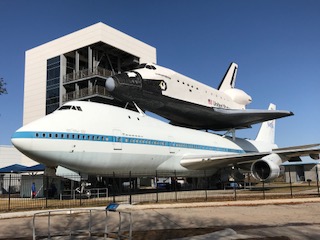
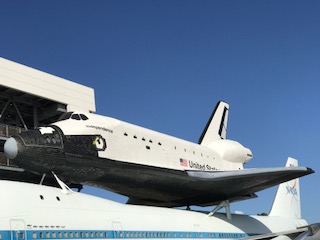
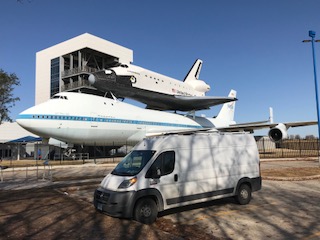
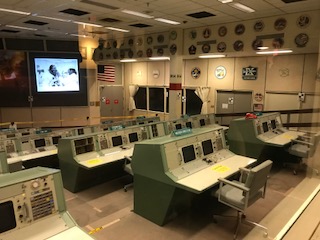
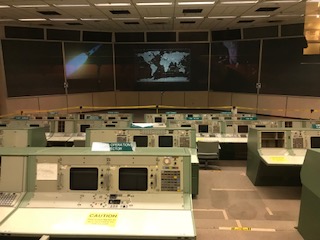
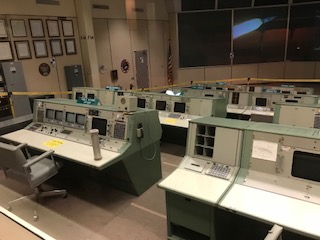
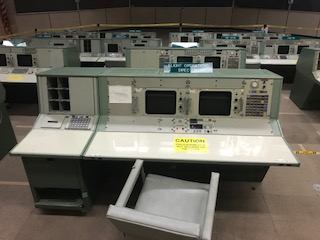


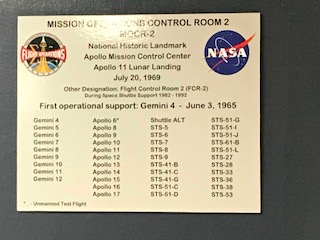



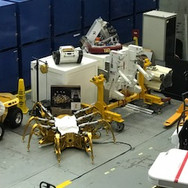








































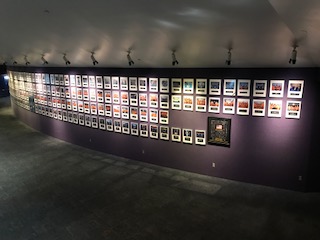

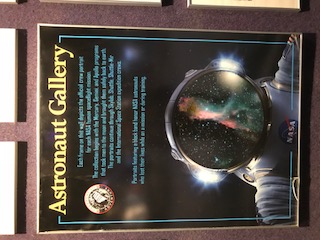

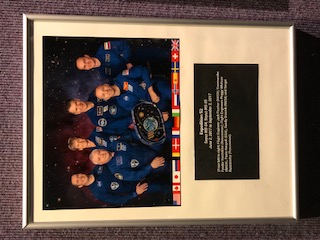

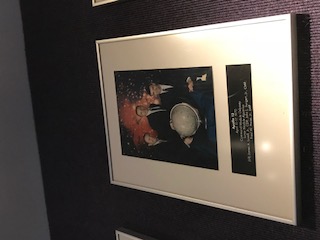

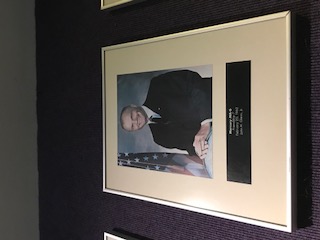

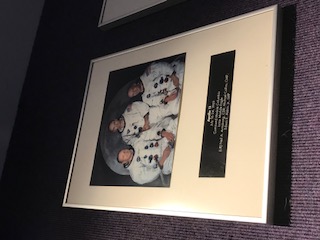

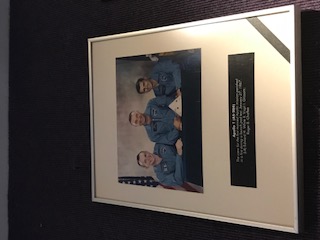

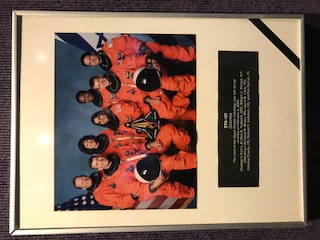

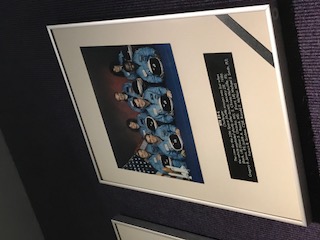
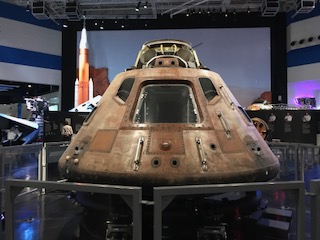
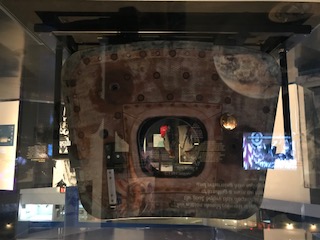
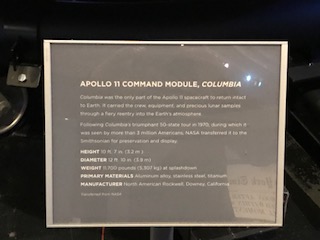
























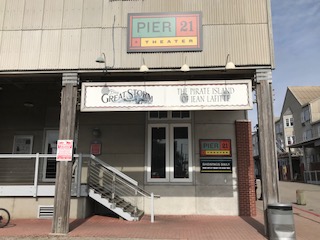
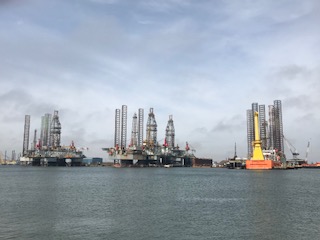
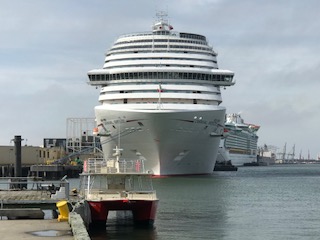
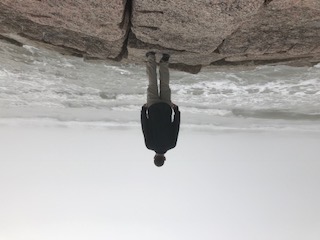

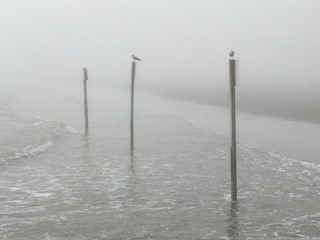
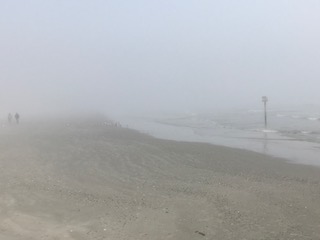
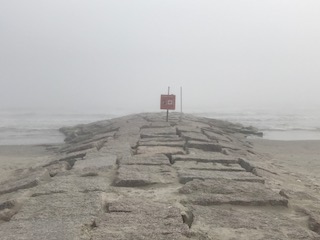
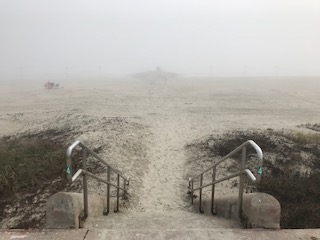

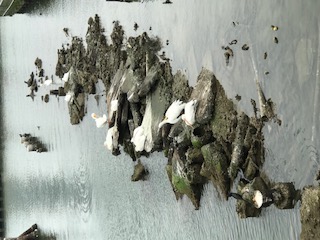
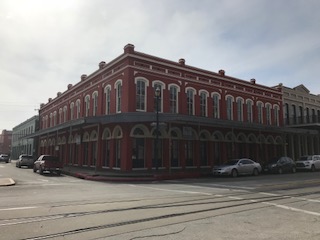
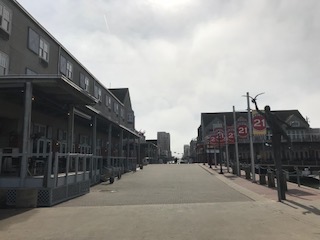
Comments